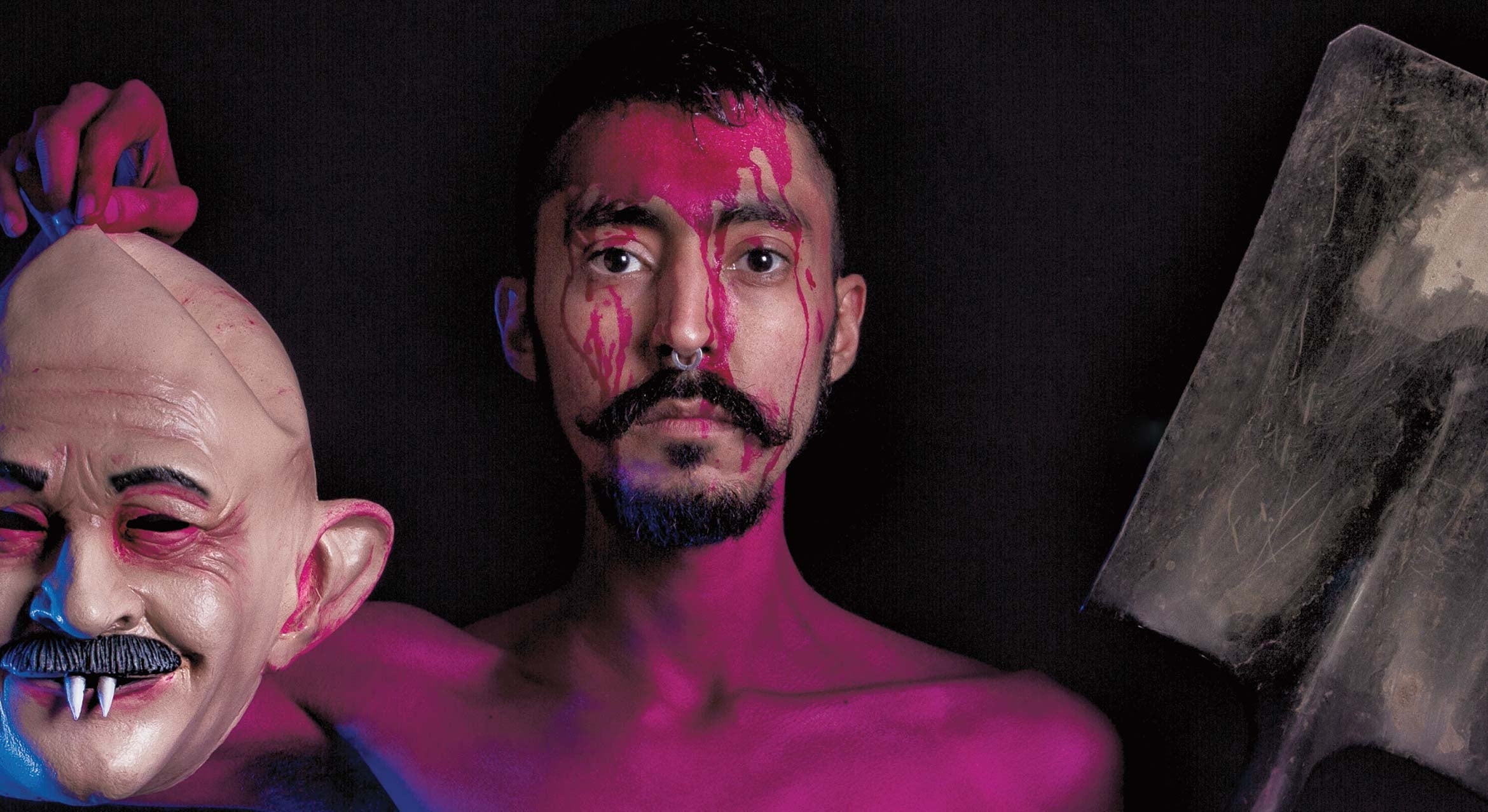Scott Marcus and six other members of the University of California, Santa Barbara's Middle East Ensemble are on their way to Samarkand, Uzbekistan to represent the United States in an international music festival, Aug. 25 to Sept. 2. Samarkand, a city on the crossroads of the ancient Silk Route, is holding a "Songs of the East" (Sharq Taronalari) celebration to popularize national musical arts, preserve folklore traditions, and expand international creative links in the spirit of peace and friendship.
"Approximately 30 to 40 countries have been asked by the Republic of Uzbekistan's Ministry of Cultural Affairs to send representatives," said UCSB ethnomusicology Professor Scott Marcus, who is the founder and director of the ensemble. "We will participate in Olympic-style ceremonies as well as perform."
"It's exciting to think that we are invited to the Middle East not as performers of American culture, but as American performers of Middle Eastern culture," added UCSB religious studies Professor Dwight Reynolds, who also plays a Middle Eastern style violin in the ensemble.
An expert in Middle East culture, language, folklore and music, Reynolds is particularly enthusiastic about going to an area rich in folk traditions: "Uzbekistan has a large variety of folk music and dance traditions, as well as a classical music tradition called "Shashmaqam" that goes back to the Golden Age of the Silk Road when Samarkand and Bukhara were sparkling capitals of civilization at the edge of the Great Steppes."
The UCSB Middle East Ensemble is an official "Ethnomusicology Performance Ensemble" in the Department of Music. Begun in 1989 by Marcus, the ensemble has performed widely throughout California and beyond. The ensemble's repertoire reflects the great variety of cultures found in the Middle East, including Arab, Turkish, Persian, Armenian, Greek, Jewish, and even Assyrian cultures. Performance items range from classical pieces to religious songs, folk and popular songs, folk dances, and cabaret-style dances. The ensemble performs on traditional instruments such as the pan-Middle Eastern short-necked lute (the ´ud), the Turkish long-necked lute (the baglama saz) the end-blown reed flute (the nay), the Persian hammered dulcimer (the santur), the Arab/Turkish plucked dulcimer (qanun or kanun), the Egyptian-spiked fiddle (the rabab), the Turkish and Egyptian oboes (the
zurna and mizmar), and a variety of Middle Eastern drums (the darbukkah, riqq, bendir, mazhar, tabl baladi, and zarb). In addition, the ensemble uses the accordion (retuned to accommodate Middle Eastern scales), the violin, cello, double bass, and on occasion, the guitar and saxophone. Depending on the venue, the ensemble performs at various sizes---at its fullest, the instrumental section of the ensemble is a 40 to 45-member orchestra; the chorus has 10 to 12 members; and dancers number up to a dozen.



